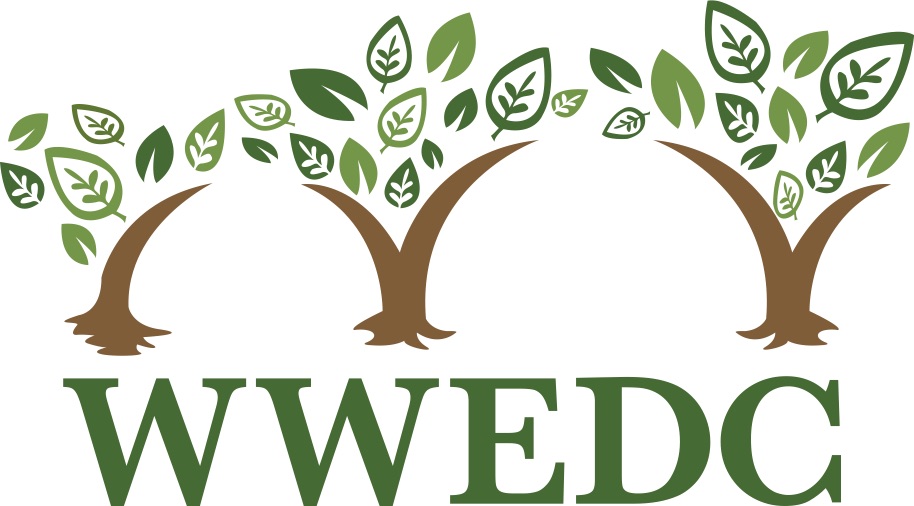By Kelly Forster, RD
The beginning….
In 2014, my four-year-old daughter went off to junior kindergarten to enjoy meeting new friends, learning about the world, and of course, to enjoy nutrition breaks which are often the best part of the day for young students!
Halloween eventually rolled around and the family bundled up into a combination of ill-fitting costumes and snow pants for the purpose of collecting all the candy that our neighbours had to offer. It certainly is a strange and wonderful holiday!
When we arrived at the first house to trick or treat, my daughter politely said “No, thank you” when offered the candy. I was taken back but continued on the journey. At the next house, when offered candy again, she stated “I’m not supposed to have that; it is bad for me”. And that is when my heart sank. She was being taught in school about which foods she should eat and which foods she should avoid. This was confirmed the next day when I received a newsletter home from the classroom instructing me to begin talking to my daughter about which foods are healthy and which foods are unhealthy.
I had raised my daughter with an understanding that there are no good and bad foods, just foods that we have more of and foods that we have less of. That message was taught through role modelling alone, which is developmentally appropriate at that age. It is important for adults to remember that children are hard-wired to love energy-dense and sugary foods, and that is what has helped humankind survive and thrive through years of hardship, drought and war. There can be very negative results when children are taught that certain foods are unacceptable, even when they still love those foods. This negative sanction about what they enjoy can make them feel like they are the ones with the problem and that there must be something wrong with them. Sneaking, hoarding, and bingeing behaviours can result from such messages and feelings.
Halloween is meant to be guiltlessly enjoyed for one evening out of 365 evenings. It is most likely that celebrating Halloween - and all the candy that goes with it - will not impact a child’s health or weight, but may actually begin to foster a positive relationship with food. Food is meant to be about so much more than physical health. For centuries, food has been an integral part of celebrations, culture, connectedness and sheer enjoyment. It is important to discuss all of these issues when talking about nutrition with our youth.
So, on that night, with my daughter struggling to make the “right” decision, which she thought was to fight her natural and social drive to enjoy candy, I resolved to do my part in helping teach young students what healthy eating really looks like. I have also endeavored to support teachers in teaching nutrition by incorporating both physiological health and psychological health. It has been evident to me time and again that teachers have their students’ well-being at heart. So, when it comes to nutrition, I want to help provide teachers with a vocabulary about food and nutrition that is positive and celebratory versus negative and reproachful. It is also important to me to connect with parents and caregivers, whenever possible, to support them in also carrying on the positive nutrition messages learned at school.
Adults are increasingly putting the pressure on children to make “good” choices about foods, at a time when the adults themselves don’t have the whole picture of what our children need in order to thrive physically and psychologically.
Food for Life Program
I am a Registered Dietitian, employed by CMHA WW and working in the field of Eating Disorder Treatment.
I developed the Food for Life Program, which has now been running in elementary schools in the regions of Waterloo, and Wellington for four years. It has reached over 1000 students, over 50 teachers and over 2000 caregivers. There are currently more than five trained Food for Life facilitators in our community.
What is it?
It is a nutrition program with several units geared to different grade levels from JK to grade 4.
It is designed to educate children about a variety of nutrition-related topics including how certain foods contribute to our physical functioning, where food comes from, how we can celebrate food and the value of trying new foods.
It is designed to provide parents, guardians and caregivers with nutritious recipes and ingredients, along with information about what foods their own children have tried throughout the program, plus guidance about how to positively discuss nutritious foods and “sometimes” foods with their children.
It is based on the recommendations that Health Canada has provided in Canada’s Food Guide and meets The Ministry of Education’s curriculum guidelines.
There are typically four 1-hour sessions during which several foods from the Food Guide are offered.
Why is it Important?
The frequency of eating disorders is rising amongst Canadian youth. Parents, teachers and children are sometimes bombarded with contradicting and confusing messages regarding healthy eating.
Giving children positive messages about food counteracts this and promotes healthy living, both physically and psychologically.
This program uniquely addresses not only nutrition but also how to live in a world with an abundance of wonderful foods.
Who is Funding it?
It has been through volunteer work that the program was founded. However, it is with the generous support of CMHA WW, the Grand River Agricultural Society, and the Healthy Kids Community Challenge that the program has been able to grow and reach many of our local communities.
Is it Safe?
Yes, all food is prepared by an individual with Food Handler Certification in her/ his own home.
Public Health has approved the program’s food handling and delivering methods.
NO individual information is collected about any of the children.
Children are NOT required to sample food, but are encouraged to try new or previously disliked foods.
Facilitators respect and plan for all food allergies.
